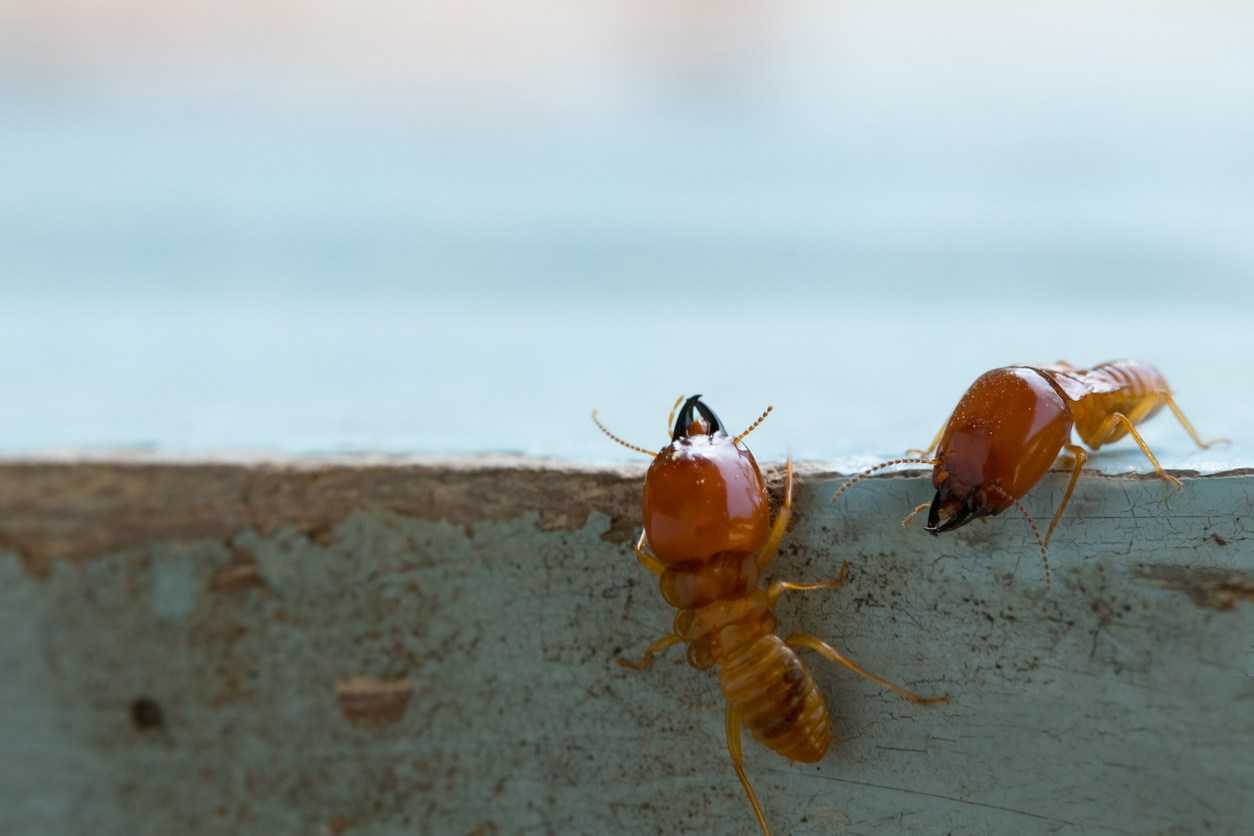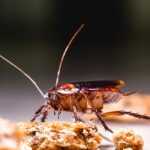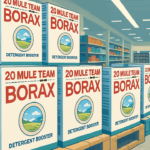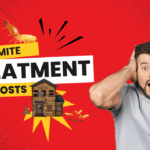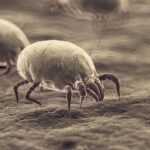Winter is a fascinating time of year in the pest world. The chilly temperatures and dry weather force many pests to either hibernate or die off. But for some pests, the cold weather is less of a full stop to their activity and more of a temporary slowdown.
One of the many pests that do not come to a complete stop thanks to winter’s bitter chill? Termites. These invasive insects make their way into our homes or businesses, even during winter, and chew on the wooden structures inside, causing billions of dollars in property damage each year in the U.S. alone.
Termites pose more than a financial problem, however. They pose a significant safety issue that must be eliminated as soon and as safely as possible. If you’ve noticed signs of termites in or around your home—even in the middle of winter—contact PURCOR Pest Solutions for an inspection or to schedule your treatment.
What are termites?
Termites are small insects that feed on wood, paper, and other materials containing cellulose. They can cause significant damage to homes, businesses, and other structures if left unchecked. Termites typically live in colonies and exist in warm, moist environments such as underground tunnels or wall voids.
Termites typically come in two different varieties: subterranean termites and drywood termites.
What’s the difference between subterranean and drywood termites?
While both types of termites can damage your property, knowing the differences between drywood and subterranean termites—including how they enter your home and what signs to look for—goes a long way toward protecting your home during every season, including the winter.
Drywood Termites
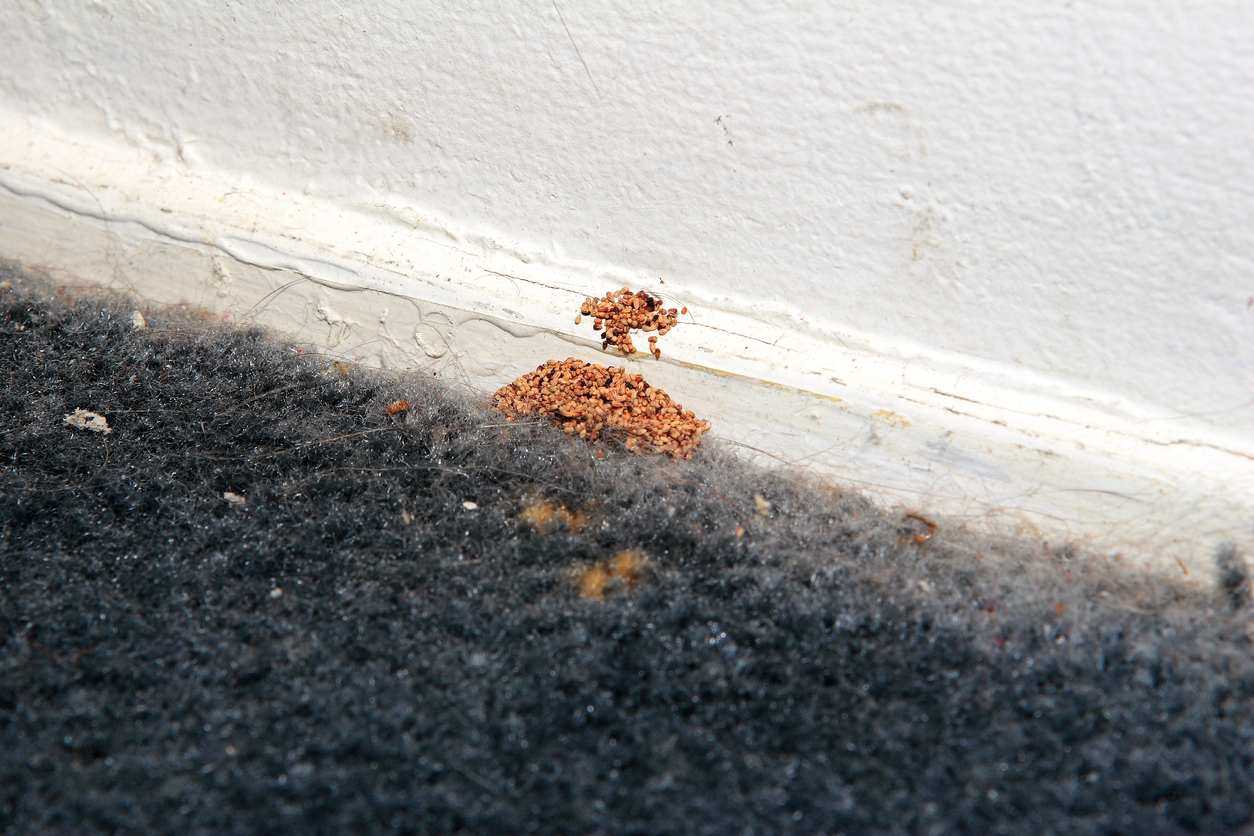
Drywood termites are a type of termite that live in dry wood and do not require contact with the soil to survive. They are usually found in warmer climates and typically infest attics, sheds, and other wooden structures. Drywood termites can cause extensive damage as they feed on wood, paper, and other material containing cellulose.
They typically form galleries or tunnels within the wood, making detection of their presence difficult at times. Homeowners should watch for signs of drywood termite activity, such as frass (debris from the tunneling) or swarmer flights around windows or other entry points in their homes.
Subterranean Termites
Subterranean termites are a type of termite that live in and around the soil. They require contact with the ground in order to survive, a key difference from drywood termites. Subterranean termites typically form colonies within underground tunnels and entry points can be anywhere on the exterior of a house or other structure.
These types of termites can cause extensive damage to homes and businesses if left unchecked, so it is important for homeowners to be vigilant for signs such as mud tubes and swarmers near windows or doors.
Can I treat termites by myself?
While it is possible to treat termites yourself, it is not recommended. DIY treatments are often less effective than professional treatments and can even do more harm than good if used incorrectly. It’s better to call a professional pest control company for the best results.
Do termites go away in the winter?
Many pests and insects go dormant during the winter. Sometimes they hibernate or overwinter. In some cases, the pests die out, only to return the next spring and summer. Unfortunately for homeowners, questions like, “Do termites die in the winter?” and “Are termites dormant in the winter?” have the same answer: no.
Termites may become less active in the winter months, but they do not disappear completely. Cold temperatures can slow down their activity, but it does not stop them from reproducing, searching for food, and potentially causing damage to your home.
How can I protect against termites in the winter?
Homeowners can protect their homes from termites during the winter months by taking steps to prevent them from invading their homes. This includes checking potential entry points such as windows, doorways, and any other areas that could be vulnerable to infestations.
Additionally, regular pest control treatments throughout the year can help eliminate any nesting sites before they become too established. Finally, homeowners should look out for signs of termite activity during the winter months and take action at the earliest signs of trouble.
What happens during a termite inspection?
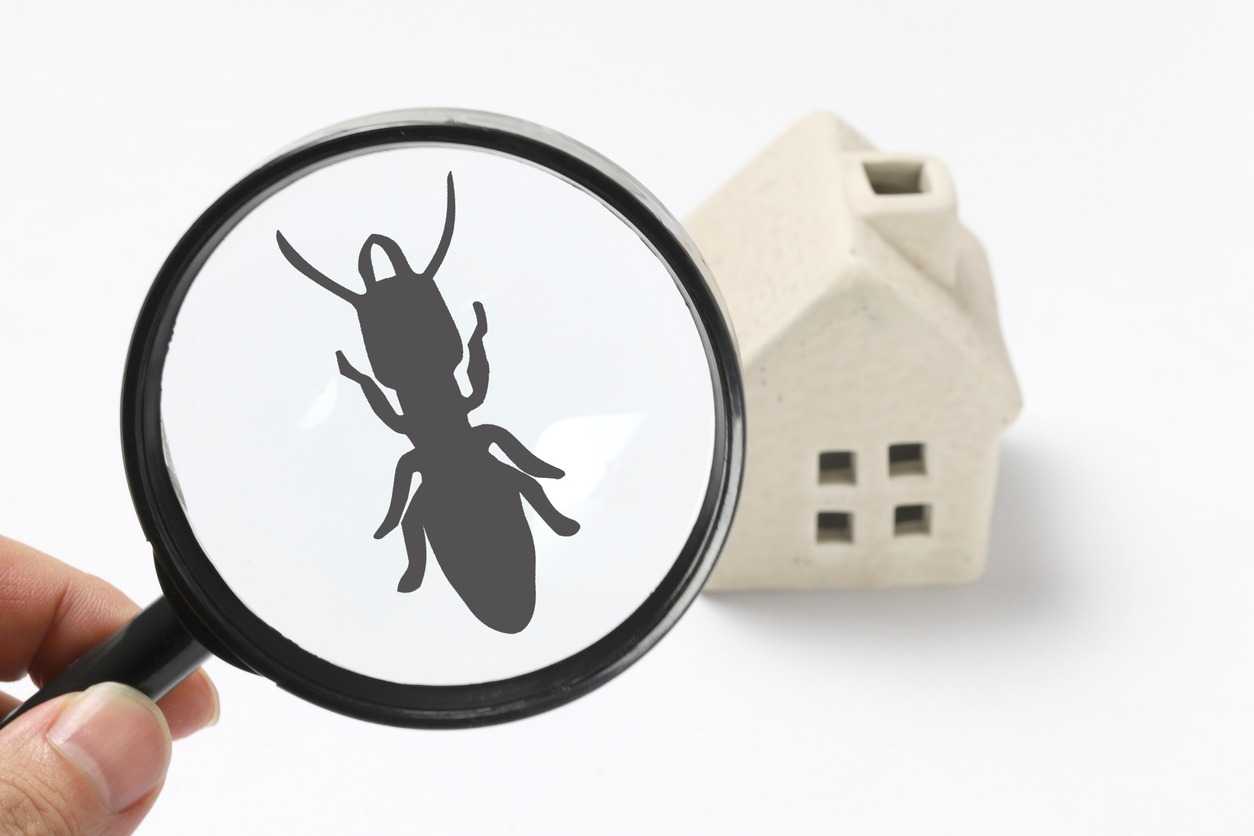
A typical termite inspection includes the following steps:
- A visual inspection of the interior and exterior of your home, including any decks, porches, or other wooden structures
- An examination of termite activity in visible areas such as baseboards, ceilings, doors, and windows
- Checking for signs of mud tubes along foundation walls, window frames or basement floors
- Examining any standing water sources near the property that could attract termites
- Listening for activity with a stethoscope
How often should I have a termite inspection performed?
The pest experts at PURCOR Pest Solutions recommend having a termite inspection performed once a year. That way, we can quickly take steps to eliminate the issue with our termite control options. However, if you suspect an infestation, you should contact your local pest professionals immediately for a pest inspection.
Prevent Termite Infestation With PURCOR Pest Solutions
Even if you’ve never seen signs of termites in your home, a regular pest inspection goes a long way toward preventing these destructive pests. PURCOR Pest Solutions has the expertise to identify factors that may lead to termites or other pests entering your home and the tools to take care of them. Don’t leave the safety of your home up to chance—protect your property value by calling PURCOR Pest Solutions today.
"*" indicates required fields
"*" indicates required fields
